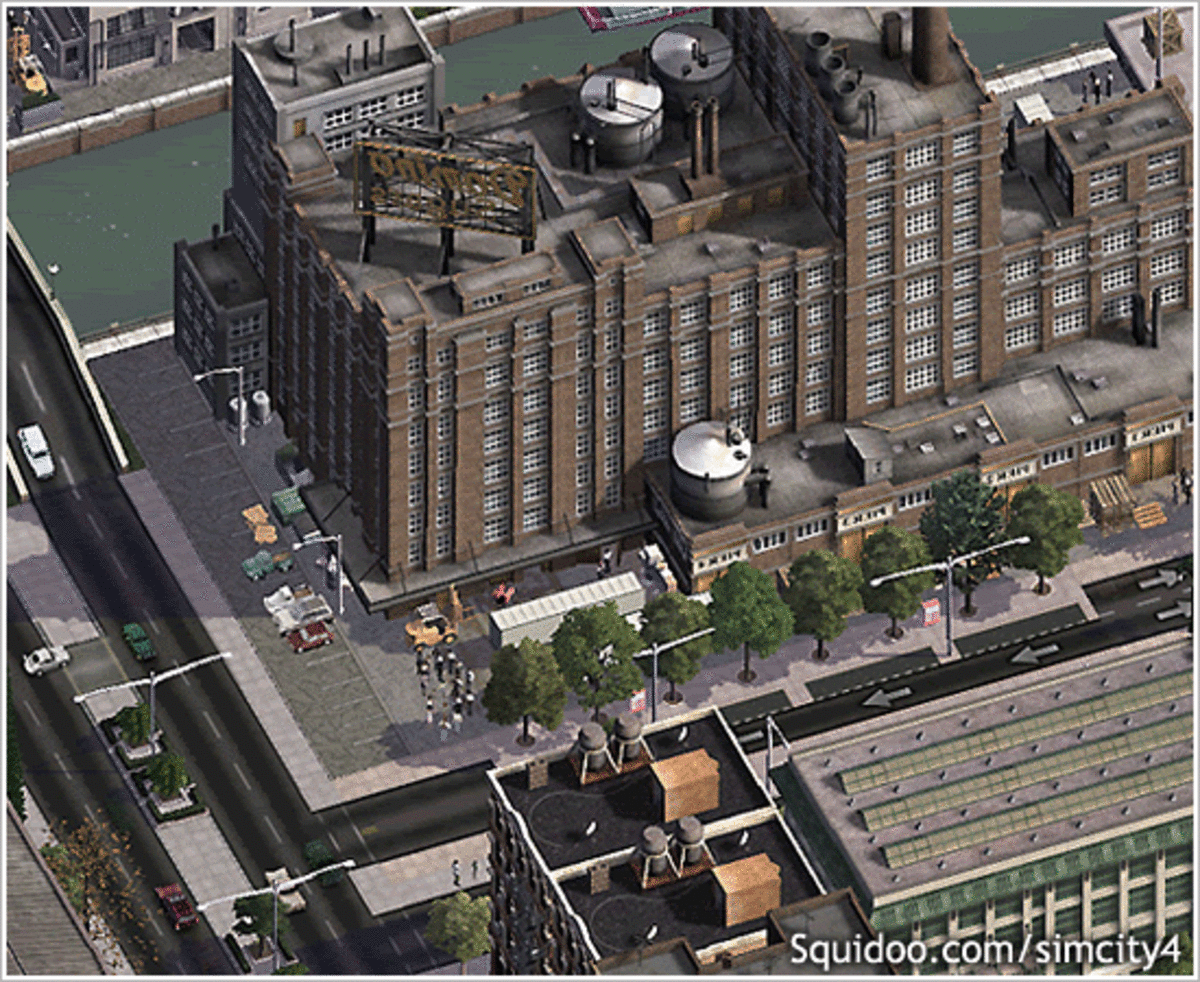

A building that loses the street it’s “facing” dies even it it still has access on another side. A building that can be accessed from several directions is deemed impossible. What’s worse is that buildings must now have orientations toward a particular street. Has Sim City 4 really improved the range of cities that we’re allowed to envision? Certainly, its small grid squares allow the creation of neighborhoods that feel more “mixed use.” The Rush Hour module also allows you to look in more detail at the travel choices of your simulated residents.īut a few things are still not good and one thing is actually worse than in the 1990s version. Lately I’ve played a little with Sim City 4 including its “Rush Hour Expansion Pack.” Given that I have a fulltime job plus a book to write, this was a perilous lapse, but I’m relieved to report that the game spat me out within just a few days, uninterested in playing further, and not just because it crashed my MacBook a few times. My impression looking back was that despite a minimal transit option, Sim City encouraged us to think in terms of 1960s city planning: rigid separation of commercial, residential, and industrial zones, and a car-based approach to transport supplemented by rail only at very high densities.

The Fleet Street frontage will be a modern interpretation of the art-deco building, but the rear of the River Court building will loom over the art-deco building on Fleet Street, with a huge wrap around a staggered set of floors that will reach 21 floors above street level.Long ago I did a post on my memories of the original Sim City, which I played a bit in the 1990s until I’d hammered its limited possibilities to rubble. To fund all this though, the building that sits to the side and behind the Daily Express building is to be demolished and replaced. The likely layout of the Daily Express building will be an exhibition base in the former engine rooms of the basement, the grand foyer on the ground floor, floors 2-4 for “complimentary users”, a cafe/bar and writers space on the 5th floor, another exhibition space on the 6th flor and then the roof garden. At the east of the ground floor lobby, lifts take visitors down to the basement, potentially for lectures or exhibitions, or up to the rooftop and cafe/restaurant.


Inside the Daily Express building, the existing central stair is one of the most spectacular interior spaces, extending from the ground up to the fifth floor at present, and will be extended up to a public roof garden at the top of the building. The Daily Express building will then be transformed into a public cultural destination with social and educational outreach with a public roof garden. The new plans will split the Daily Express building to be freestanding, away from a new office development to replace River Court, by creating a new open arcade between the old and new development.


 0 kommentar(er)
0 kommentar(er)
